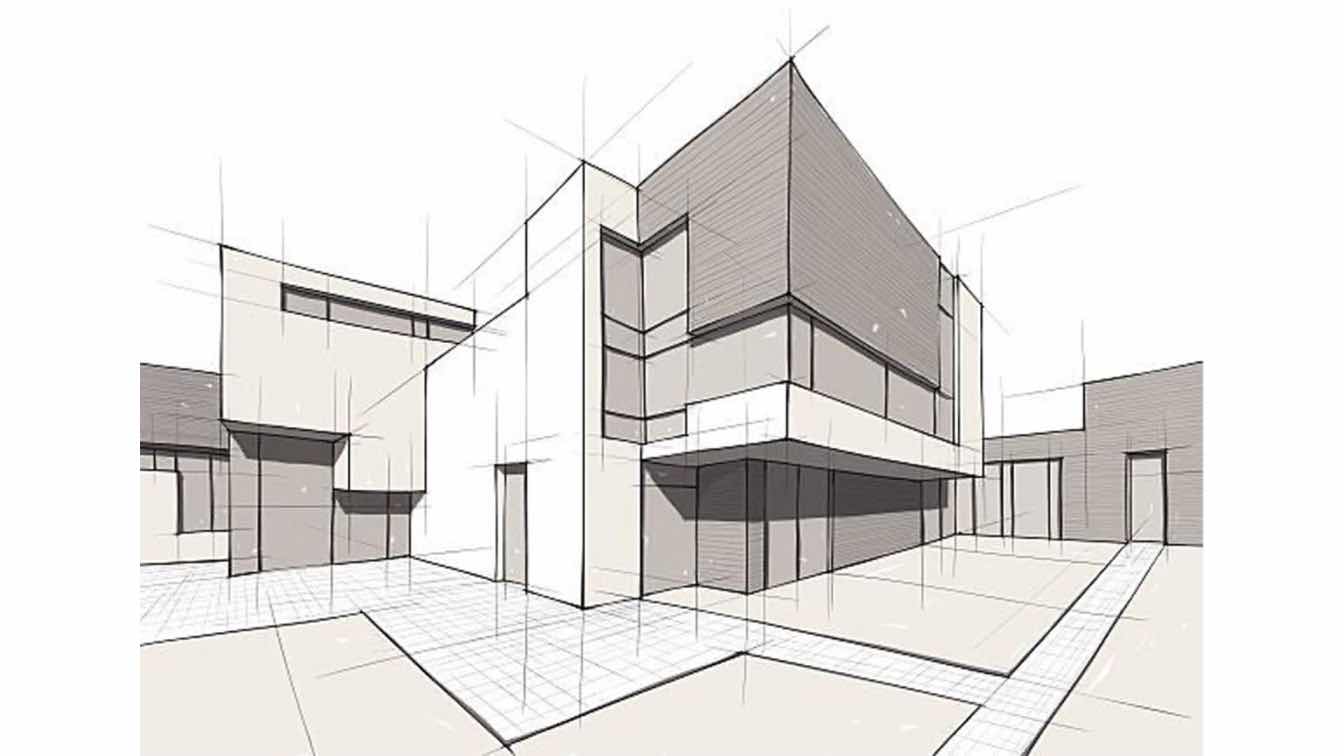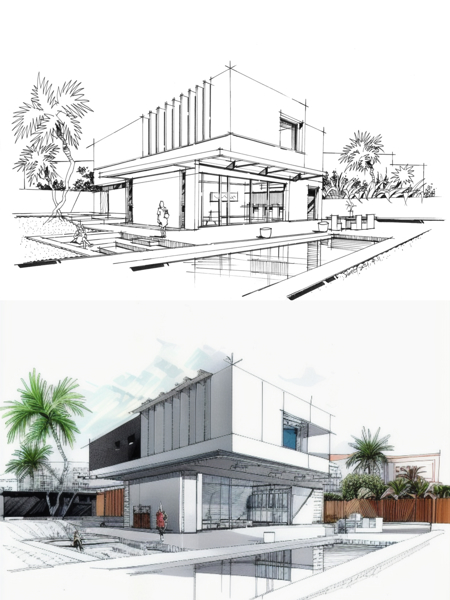Just How CDA Architects Combine Imagination and Performance in Modern Style
Just How CDA Architects Combine Imagination and Performance in Modern Style
Blog Article
Comprehending the Collaborative Refine Between Architects and Designers in Modern Building Projects
The collaborative procedure in between architects and designers is important in contemporary building tasks, as it balances layout intent with engineering feasibility. This collaboration not only influences the aesthetic and useful facets of a project however additionally plays an important duty in dealing with sustainability obstacles. By employing effective interaction strategies and leveraging innovative innovations, such as Structure Information Modeling (BIM), teams can function more cohesively. However, the complexities of this collaboration frequently existing one-of-a-kind difficulties that can impede progress. Discovering these dynamics discloses understandings that might substantially impact job results and total industry criteria. cda architects.
The Importance of Collaboration
The joint harmony between engineers and designers is necessary for the effective awareness of any type of construction project. This collaboration unites unique competence and point of views, enabling the integration of cutting-edge layout with functional design remedies. By functioning together, architects and engineers can guarantee that a job not just satisfies aesthetic and functional demands however also complies with safety, sustainability, and financial restraints.
Cooperation cultivates a common vision, assisting in the positioning of goals and expectations from the outset. This alignment is vital in resolving possible difficulties and mitigating dangers that could develop throughout the project lifecycle. Moreover, a collaborative strategy enables the effective allocation of resources, enhancing both time and price.
The importance of partnership includes the iterative procedure of design and building and construction, where feedback from designers can educate architectural choices, leading to more viable and sustainable styles. Alternatively, designers can motivate designers to think artistically about exactly how to attain structural integrity without endangering artistic intent. Eventually, the joint connection in between architects and designers is not just advantageous; it is essential to the creation of high-grade, practical, and cutting-edge developed atmospheres that satisfy the demands of society.
Communication Methods and Devices
Effective interaction strategies and tools are crucial for cultivating collaboration between engineers and designers throughout the task lifecycle. Establishing clear networks of interaction is necessary to guarantee that all staff member are straightened with task purposes, timelines, and obligations. Routine conferences, both in-person and digital, provide chances for stakeholders to talk about progression, address worries, and make informed decisions.

Furthermore, adopting collective communication devices, such as Slack or Microsoft Teams, permits instantaneous messaging, file sharing, and continuous conversations, promoting a more active response to arising issues. Document administration systems additionally play a vital role in organizing job documents, making certain that all team participants have access to the most recent information.
Shared Goals and Task Vision
A combined project vision works as the structure for effective cooperation between designers and engineers (cda architects). This common vision not just straightens the initiatives of both parties but likewise establishes a typical structure for decision-making throughout the task's lifecycle. By expressing clear objectives, stakeholders can efficiently navigate the intricacies of contemporary building and construction projects, guaranteeing that both aesthetic and practical needs are fulfilled
Developing common objectives involves open dialogue and a detailed understanding of each discipline's contributions. Designers normally concentrate on design intent, spatial connections, and individual experience, while designers stress architectural integrity, systems performance, and conformity with laws. When these perspectives are lined up, the result is a cohesive job that complies with both imaginative desires and technological feasibility.
Moreover, a well-defined job vision promotes responsibility among employee, urging each individual to take ownership of their duty in attaining the desired end result. Routine check-ins and collective workshops can better reinforce this dedication, permitting modifications to be made as the job evolves. Eventually, a shared vision not only boosts team effort but additionally raises the quality of the last deliverable, resulting in effective job completion.
The Function of Technology
Leveraging technology has actually become necessary in enhancing partnership in between engineers and engineers. Building Details internet Modeling (BIM) stands out as a critical innovation, permitting both designers and designers to create comprehensive 3D designs that envelop design intent and structural stability.
In addition, cloud-based systems make it possible for smooth partnership, enabling job stakeholders to gain access to and update project data from anywhere. This fosters a culture of openness and accountability, as adjustments can be tracked and reviewed in real-time. Additionally, mobile applications further enhance communication, providing on-site groups with prompt accessibility to task specifications and updates.
Emerging technologies such as artificial intelligence and machine understanding are additionally starting to contribute in anticipating evaluation, aiding teams recognize possible concerns before they arise. Inevitably, the duty of modern technology in architecture-engineering cooperation not just boosts operations performances yet likewise improves development, resulting in more successful task end results. By welcoming these technical improvements, designers and engineers can make certain an extra cohesive and efficient collaborative procedure throughout the building and construction lifecycle.
Study in Effective Collaborations
Various case researches highlight the profound impact of reliable collaborations between engineers and engineers on project results. One notable instance is the cooperation on the High Line in New York City, where landscape designers, designers, and urban organizers worked with each other to change an abandoned railway right into a dynamic public park. This multidisciplinary strategy not only improved the visual quality however additionally ensured structural safety and security and ecological sustainability.

The Burj Khalifa in Dubai additionally shows the relevance of joint initiatives - cda architects. The integration of design and engineering competence allowed the job team to Learn More achieve unprecedented heights while sticking to security guidelines and aesthetic vision
These examples underscore the have a peek at this website importance of communication, count on, and shared purposes. In today's complicated building environment, such partnerships are vital to navigating challenges and delivering tasks that meet both practical and visionary goals.
Verdict
Finally, the partnership between engineers and engineers is crucial for the success of modern construction tasks. Effective interaction methods, a shared job vision, and the integration of innovative innovations are critical parts that facilitate this collaboration. By fostering a society of accountability and leveraging devices such as Building Details Modeling (BIM), teams can browse project complexities, ensuring that aesthetic, useful, and sustainability goals are attained. Ultimately, this harmony leads to ingenious and successful job end results.
Report this page